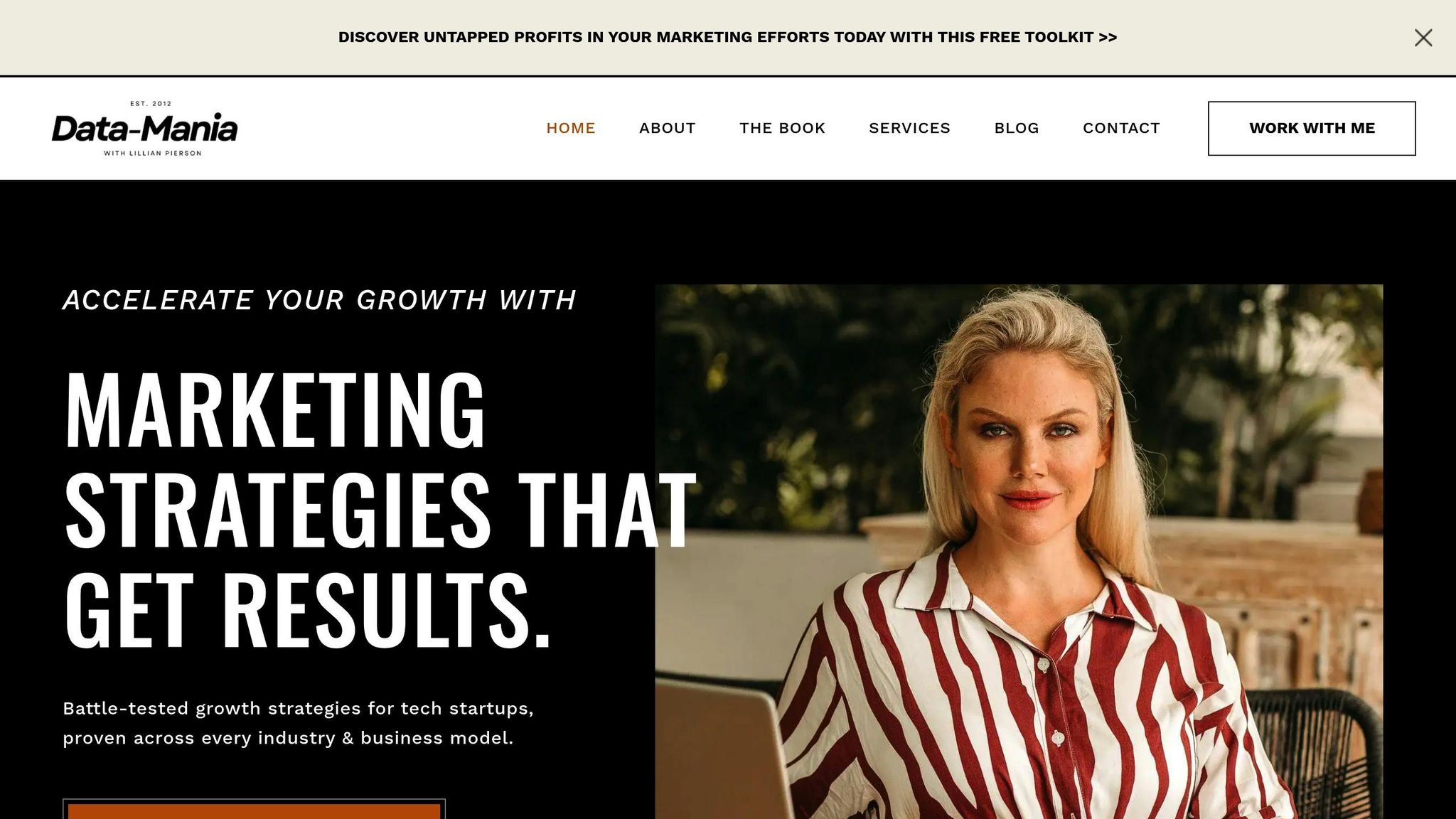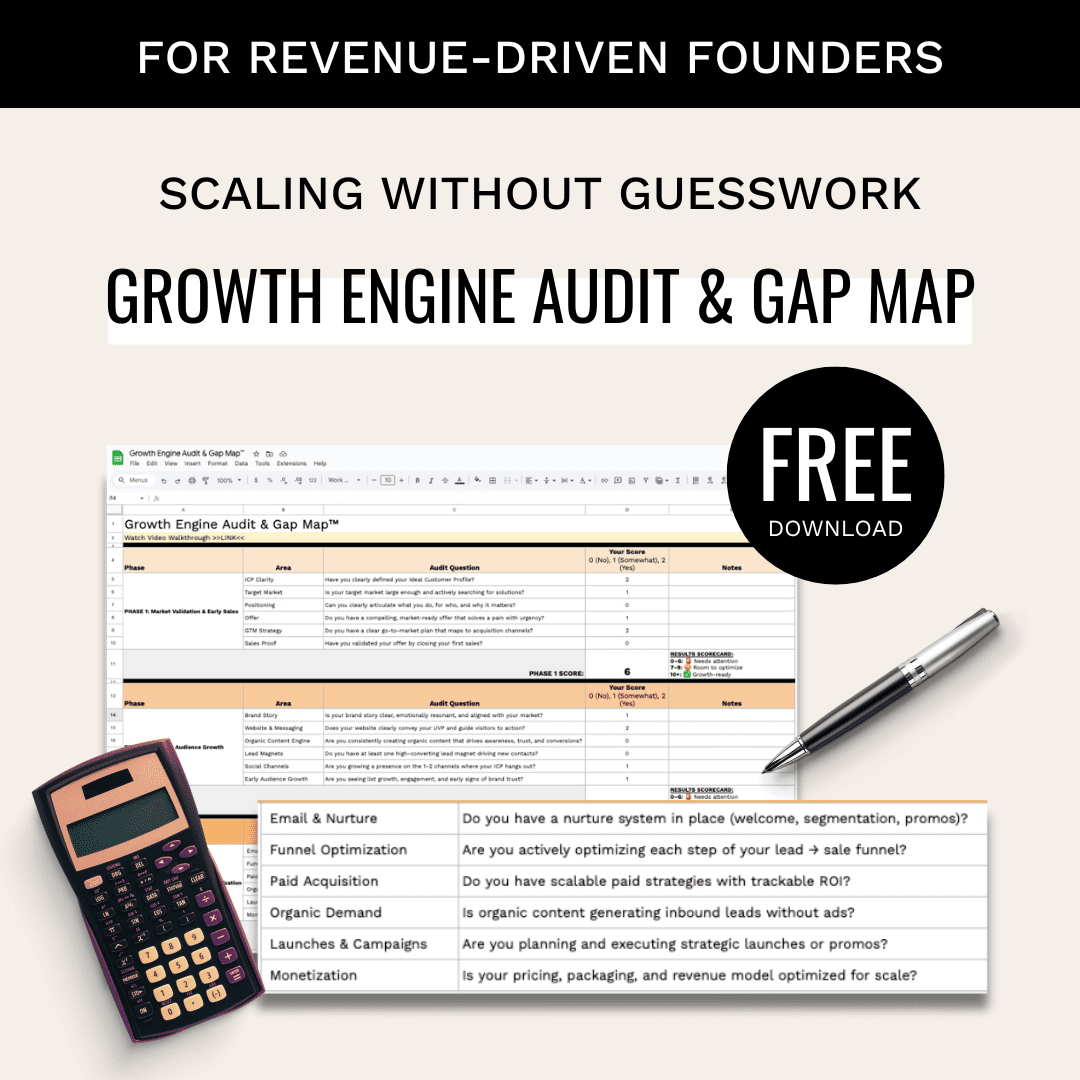Expanding your SaaS product to global markets requires careful planning. Here’s what you need to know:
- Understand Local Markets: Conduct user interviews, analyze regional data, and review market reports to identify user needs and behaviors.
- Tailor Your Product: Update features to meet local demands (e.g., GDPR compliance in Europe, mobile-first interfaces in Asia).
- Localize Pricing: Adjust pricing strategies based on purchasing power and market maturity. Offer region-specific payment options like UPI in India or WeChat Pay in China.
- Build Trust: Comply with local laws like GDPR or CCPA, and create local support teams that operate in the region’s language and time zone.
- Leverage Partnerships: Collaborate with local businesses for implementation, marketing, and sector expertise.
Quick Overview
| Step | Key Action |
|---|---|
| Market Research | User interviews, analytics, feedback surveys, and market gap analysis. |
| Messaging Adjustments | Adapt language, tone, and priorities to fit regional preferences. |
| Product Localization | Align features and pricing with local needs and economic conditions. |
| Payment Methods | Offer trusted local payment options (e.g., SEPA in Europe, Alipay in China). |
| Support & Compliance | Provide local language support and meet regulations like GDPR or PIPL. |
SaaS International Expansion with Gernot Schwendtner of …
Market Research by Region
Understanding regional dynamics is key to refining your SaaS offering. By diving into regional specifics, you can uncover user needs, behaviors, and market opportunities unique to each area.
User Research Methods
To get a clear picture of regional markets, use a mix of data collection methods. Here are a few effective approaches:
- User Interviews: Talk directly with local users to understand their challenges and needs.
- Usage Analytics: Analyze regional data to see how features are used and which ones drive engagement.
- Feedback Surveys: Create localized surveys to gather opinions on product satisfaction and feature requests.
- Market Reports: Review industry-specific reports for insights into each region.
Always ensure your data collection respects local privacy laws and cultural norms. Document your findings to identify trends that can shape your product strategy.
Regional User Behavior Patterns
Users in different regions often behave differently when using SaaS products. Here are some areas to watch:
- Feature Preferences: Determine which features are most popular in each region.
- Usage Times: Track peak activity hours to align support and maintenance schedules accordingly.
- Communication Style: Understand preferred communication channels and response times.
- Decision-Making Process: Learn how buying decisions are typically made and who is involved.
Cultural differences play a big role in user behavior. For example, Western markets may lean toward self-service options, while many Asian markets prefer personalized support. These insights can help you identify areas where your product can stand out.
Market Gap Analysis
Once you’ve gathered regional insights, you can start identifying market gaps. Here’s how to approach it:
1. Competitive Landscape Assessment
Evaluate competitors to spot gaps in features, pricing, service quality, or integrations.
2. Local Market Demands
Look at region-specific needs, such as:
- Compliance with local regulations
- Industry-specific workflows
- Compatibility with regional systems
- Language and cultural requirements
3. Growth Potential Evaluation
Assess the market’s potential by considering:
- Market size and growth trends
- Adoption of new technologies
- Economic conditions
- Maturity level of the industry
Market gaps will differ from region to region. A strategy that works in one area might not succeed elsewhere, so thorough analysis is critical for effective expansion.
Value Proposition Changes by Market
Adjusting your value proposition for different markets means understanding local needs while staying true to your brand. Here’s how to fine-tune your messaging and showcase value across various regions.
Message Adjustments by Region
To connect with local audiences, tweak your value proposition while keeping your brand consistent:
Language and Terminology
- Use terms that locals understand instead of industry-specific jargon.
- Modify metaphors and analogies to fit local cultural references.
- Adjust tone and etiquette to match regional communication norms.
Value Priorities
Different regions focus on different aspects of SaaS solutions. Here’s a quick breakdown:
| Region | Primary Value Drivers | Secondary Value Drivers |
|---|---|---|
| North America | Time savings, ROI | Integration capabilities |
| Europe | Data privacy, compliance | Customization options |
| Asia Pacific | Customer support, relationship | Technical capabilities |
| Latin America | Cost effectiveness, scalability | Local language support |
Support these adjustments by highlighting region-specific success stories.
Local Success Stories
Highlighting real-world examples from the region can build trust and credibility.
Key Elements of Success Stories
- Use local company names and industries.
- Focus on challenges specific to the region and how they were addressed.
- Include measurable outcomes that resonate locally.
- Add cultural and business context.
- Address local regulations and compliance.
Local Problem-Solution Fit
Understand and address these regional challenges to align your solution effectively:
Regional Pain Points
- Challenges unique to specific industries.
- Market inefficiencies in the region.
- Regulatory demands.
- Limitations in technical infrastructure.
- Cultural differences in business practices.
Solution Alignment
Focus on features that solve these local issues. Adapt your implementation to fit the region’s practices, considering factors like connectivity, mobile usage, and technology adoption. Define success metrics in terms that matter locally, such as cost savings, time efficiency, compliance, and smooth integration.
sbb-itb-e8c8399
Product and Pricing Localization
Tailor your product features and pricing strategies to align with regional needs – this goes beyond just converting currencies.
Feature Updates by Region
Product features should align with local market demands and user expectations:
Core vs. Regional Features
| Region | Core Features | Regional Customization |
|---|---|---|
| North America | Single Sign-On, API Access | HIPAA/SOC2 Compliance |
| European Union | Data Residency Controls | GDPR Privacy Settings |
| Asia Pacific | Mobile-First Interface | WeChat/Line Integration |
| Middle East | RTL Language Support | Islamic Calendar Integration |
Technical Considerations
- Optimize for low-bandwidth environments in developing regions.
- Adjust for device preferences (e.g., mobile-first in Asia, desktop in North America).
- Ensure compatibility with local tech infrastructure.
- Address restrictions related to regional cloud services.
Once features are updated, pricing strategies should reflect the economic realities of each region.
Regional Price Setting
Pricing should account for local market conditions and customer purchasing power:
Key Pricing Factors
- Purchasing power parity
- Competition in the region
- Local operating costs
- Market maturity
- Broader economic conditions
Examples of Pricing Strategies
| Market Tier | Pricing Strategy | Typical Adjustment |
|---|---|---|
| Developed Markets | Premium pricing | 100% baseline |
| Emerging Markets | Volume-based pricing | 40-60% of baseline |
| Growth Markets | Penetration pricing | 70-80% of baseline |
To support localized pricing, offer payment methods that align with regional preferences.
Local Payment Methods
Payment habits differ widely across regions, so it’s essential to offer methods that customers trust and use:
Payment Preferences by Region
| Region | Primary Methods | Secondary Methods |
|---|---|---|
| North America | Credit Cards, ACH | Digital Wallets |
| Europe | SEPA, Credit Cards | Local Bank Transfers |
| China | WeChat Pay, Alipay | UnionPay |
| Latin America | Local Credit Cards | Installment Plans |
| India | UPI, Net Banking | Mobile Wallets |
Implementation Tips
- Partner with local payment processors.
- Adjust billing cycles and tax settings to match local norms.
- Enable multi-currency payment options.
- Use region-specific invoice formats.
- Align refund policies with local regulations.
Building Local Market Trust
Once you’ve adjusted your product and pricing for a specific region, the next step is earning local customer trust. This requires following local laws and offering culturally appropriate support.
Meeting Local Laws
Staying compliant with regional laws is crucial to gaining customer trust and avoiding legal trouble. Here are some key areas to focus on:
Data Protection and Privacy
Different regions have unique regulations for handling data. Here’s a quick overview:
| Region | Key Regulations | Main Requirements |
|---|---|---|
| European Union | GDPR | Data residency, consent management, right to erasure |
| United States | CCPA, HIPAA | Opt-out rights, strict protection for sensitive data |
| Brazil | LGPD | Rules for cross-border data transfers |
| China | PIPL | Local data storage and regular security checks |
Industry-Specific Compliance
Certain industries have additional rules you need to follow:
- Financial Services: SOX (United States), PSD2 (Europe)
- Healthcare: HIPAA (United States), regional digital standards
- Education: FERPA (United States), COPPA for children’s data
Once you’ve met these legal requirements, you can focus on providing region-specific support.
Local Support Teams
Support teams should be tailored to meet local expectations. This means:
- Operating during standard business hours in the region
- Offering service in the local language
- Providing local contact details, such as phone numbers and email addresses
- Developing localized knowledge bases
- Training staff in cultural awareness and regional business practices
Strong customer support builds trust, but partnerships with local businesses can further strengthen your presence.
Local Business Partners
Partnering with local businesses can boost your credibility and help you adapt to the market. Focus on:
- Implementation Partners: Help with deployment and integration
- Marketing Partners: Provide insights into local culture and market strategies
- Industry Specialists: Offer expertise in specific sectors
To create successful partnerships:
- Work with well-regarded local companies
- Set clear roles and expectations
- Offer thorough training to partners
- Collaborate on marketing efforts
- Regularly review shared performance metrics
These steps ensure your business is well-prepared to gain trust and succeed in new markets.
Conclusion
Key Steps Review
Expanding your SaaS value proposition to global markets requires a structured plan. Here are the main strategies to focus on:
- Market Research: Dive into regional data to understand local user habits and challenges.
- Value Messaging: Tailor your core messaging to align with regional preferences.
- Product Localization: Adjust features and pricing to meet market-specific demands.
- Trust Building: Strengthen credibility through compliance efforts and local partnerships.
Once these strategies are clear, create an actionable plan to bring them to life.
Implementation Guide
To put these strategies into action:
1. Start Small and Scale
Focus on one market first to fine-tune your approach before expanding further. Key steps include:
- Conducting detailed user interviews.
- Testing different messaging approaches.
- Tracking engagement metrics.
- Collecting and analyzing customer feedback.
2. Build Your Support System
Set up the necessary infrastructure for success, including local support teams, payment systems, compliance measures, and cultural training.
3. Monitor and Adjust
Keep an eye on critical performance metrics to ensure your strategy is working. Here’s a quick reference table:
| Metric | Target Range | Adjustment Trigger |
|---|---|---|
| User Activation | 40-60% | Below 35% |
| Payment Success | 95%+ | Below 90% |
| Support Response | < 4 hours | Over 6 hours |
| Feature Usage | 70%+ | Below 60% |
Adjust your approach if any metrics fall outside the target range.
Data-Mania Services

Need extra support? Data-Mania offers expert Fractional CMO services to help optimize your global SaaS strategy. Founder Lillian Pierson emphasizes:
"Being a tech expert and a marketing genius? That’s asking a lot!"
Data-Mania specializes in helping companies tackle global expansion with services like:
- Strategic market entry planning.
- Refining value propositions for new markets.
- Optimizing messaging for regional audiences.
- Growth marketing consulting.
For businesses with annual marketing budgets over $1M, their Fractional CMO service provides hands-on leadership to guide your team. As Pierson puts it:
"I’ll be your long-term growth partner, overseeing execution and leading your team through every step that’s required to achieve success."
Related Blog Posts
- Product-Led Growth vs Sales-Led Growth: Which Fits Your SaaS?
- How to Build a SaaS Marketing Strategy from Scratch
- Ultimate Guide to Self-Serve Product-Led Growth
- Product-Led Content Strategy: Steps for SaaS Growth




